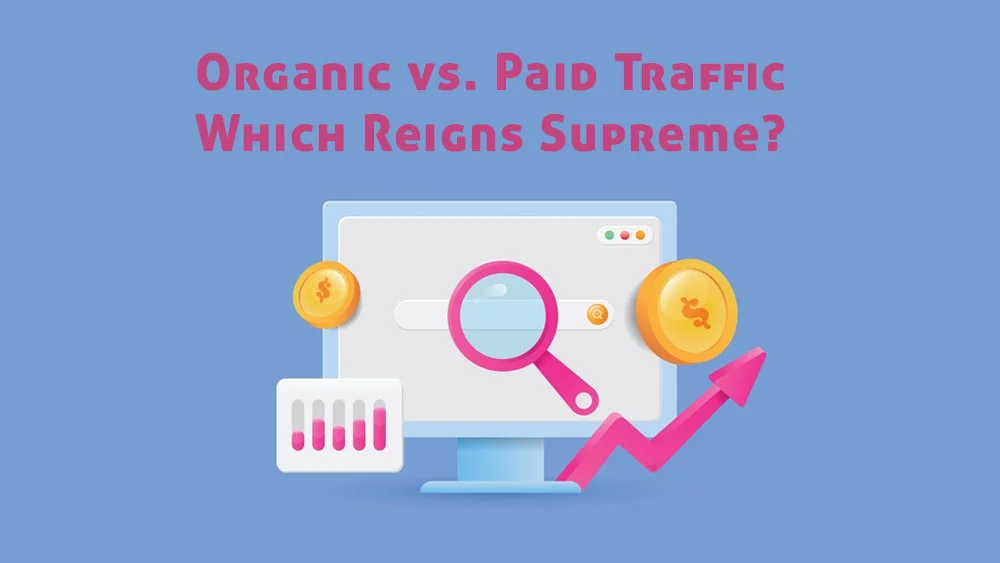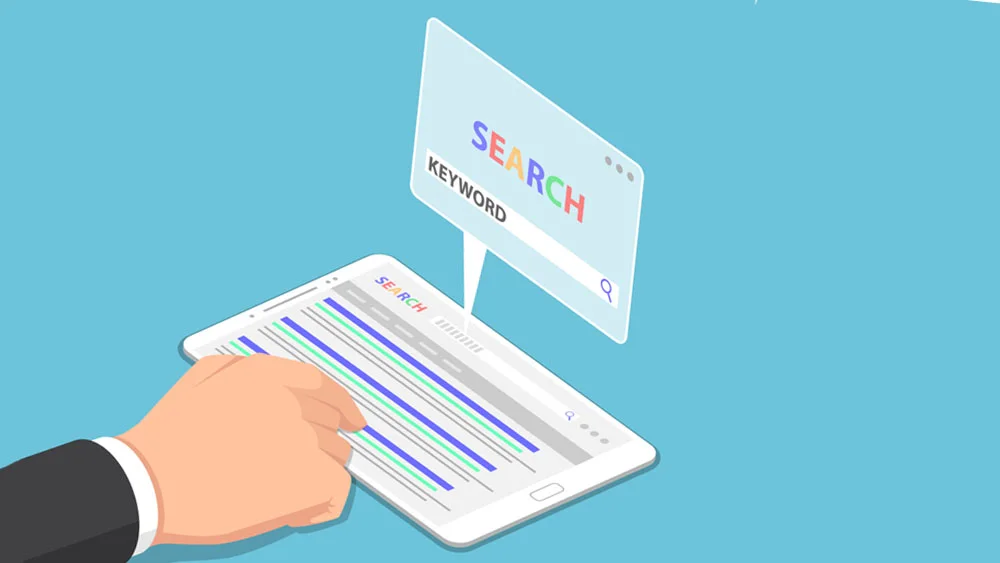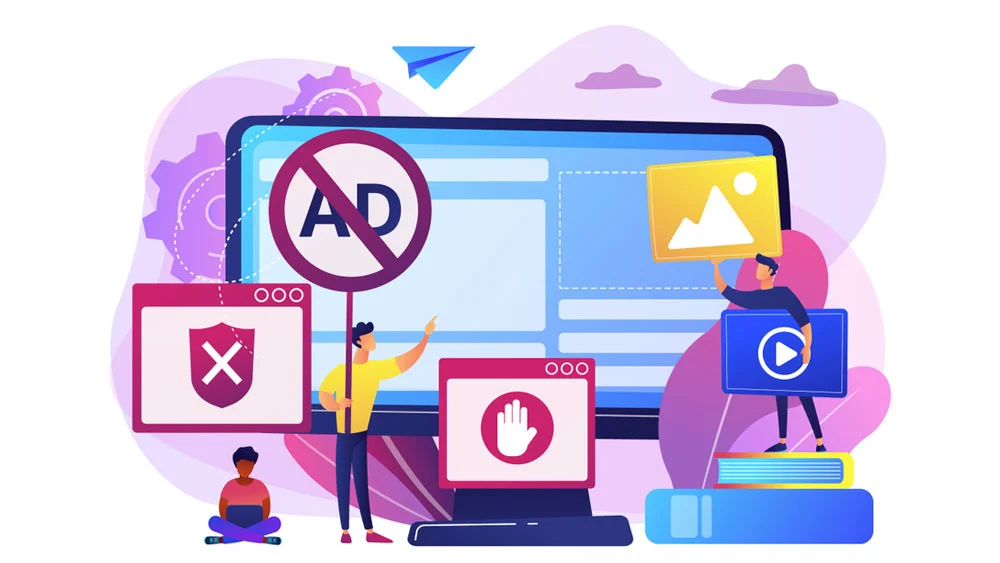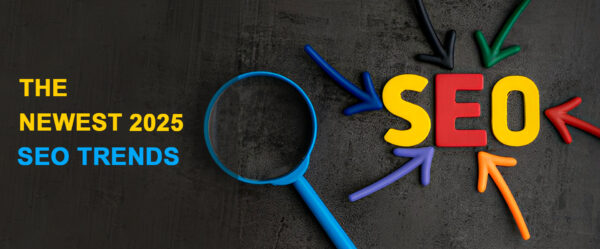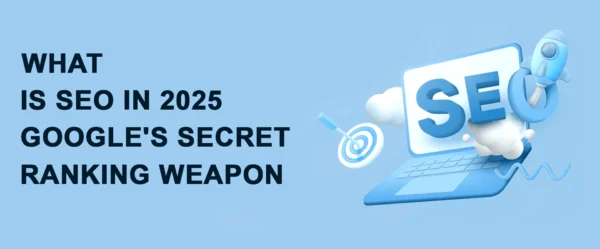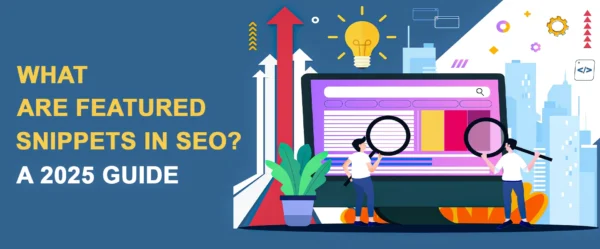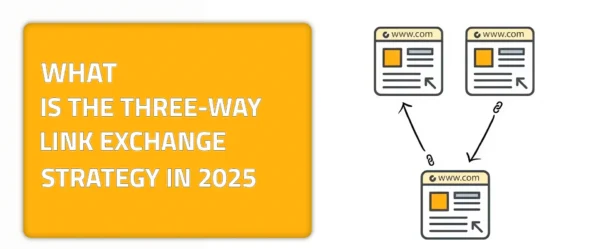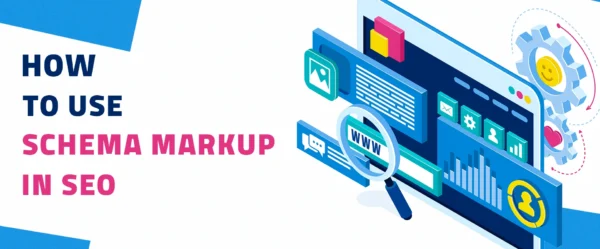The Pros and Cons of Organic vs. Paid Traffic Revealed
Everything that a website owner does, from content to optimization and strategies, is to accomplish one thing, which is to attract visitors. Visitors are what keeps a website and a business going. Therefore, it is necessary to find effective ways to keep them coming and hopefully turn them into actual customers. However, what you may not know is that there are two types of visitors or traffic, to be more specific. Organic and paid traffic are the two types that websites keep sifting between, but which is better? Discover the key differences in the organic vs paid traffic comparison. Learn about the ins and outs of sponsored vs. organic traffic in this detailed guide and how these tactics affect the exposure, interaction, and performance of your website.
What is Organic Traffic?
Since this article is based on a comparison, we will divide it into two similar parts where we will discuss each. Since organic traffic is every website’s first and foremost aim, let us start by demonstrating it. Organic traffic is the flow of visitors or users you get by discovering the website on their own, which means that you don’t ask them to. Usually, users search for a specific word or phrase, which can be part of their inquiry.
If this keyword or phrase is relevant to your scope and industry, then it is more likely that they will discover your website. However, the chances of discovering your website organically vary according to the effort you have exerted to attract users. By effort here, I mean the SEO efforts and strategies that you need to actually apply to be able to gain organic traffic. This, in turn, would elevate your authority and rank among other websites in your industry.
Pros of Organic Traffic
Quality Traffic
People who find your information or products through organic search tend to be more engaged because they are actively seeking out what you have to offer. In comparison to visits from other sources, their likelihood of converting into prospects or customers is higher.
Builds Authority and Brand Awareness
Maintaining a high position in the organic search results raises awareness of your business and establishes your credibility in the market. Your audience will come to recognize and trust your brand as a result of this.
Cost-Effective
Organic traffic, in contrast to paid advertising, does not explicitly involve payment for clicks. Content generation and search engine optimization are time-consuming, yet organic techniques typically end up costing less in the long run than paid ones.
Targeted Audience Reach
Visitors who are actively seeking out information, goods, or services about your niche are attracted to your site through organic traffic, which is achieved through efficient keyword research and content optimization. As a result, conversion rates tend to be greater.
Cons of Organic Traffic
Lack of Immediate Results
When it comes to organic traffic methods, it takes some time before they produce substantial returns. It is necessary to show tolerance and maintain consistent work before observing significant gains in traffic.
Difficulty in Measurement
Because of the multiple methods implemented and the many interactions in the customer experience, it might be tough to solely assign conversions to organic traffic, in contrast to paid ads with direct analytics.
Competition and Saturation
Competition for particular keywords is fierce since many businesses want to rank well in search results. Ranking in highly competitive niches is difficult and calls for more strategic planning and investment in resources.
Organic Traffic Best Practices and Strategies
High-Quality Content
The first important strategy for organic traffic is content. Content is the key to all SEO strategies and a big contributor to drawing in and engaging visitors, which elevates organic traffic. Creating high-quality content may seem like an easy process but it has more to it than you know. This process needs much planning and crafting of the content to make sure it will resonate with users. This includes planning for the topics, tone of voice, making it linkable, and so on.
Keyword Research
Another practice that works in alignment with crafting content is keyword research. Keyword research, whether local or not, will help you take off on all SERPs in no time. However, this calls for careful and comprehensive research, where you discover keywords’ relevance, volume, difficulty, and other attributes that will help you choose the most suitable keywords to use and rank on search engine result pages.
Optimize Site Performance
Lastly, site performance, or, more generally, technical SEO, is something that should elevate your organic search traffic. Some can argue that content is the only thing that you should focus on if you want to attract more organic traffic. But how could the content be enjoyable if the user experience is not the best? This is why optimizing site performance, such as site loading speed, and creating a responsive design is important to ensure gaining the maximum amount of organic traffic while also offering an excellent user experience.
What is Paid Traffic?
Now, we are going to switch to the other side. Paid traffic is the total contrary of organic traffic. It is the number of visitors that your website gains through paid efforts like advertising on social media or search engines. This means that even though your website might be ranking, these users didn’t discover it on their own and had to be pushed using some endorsements. These paid endorsements make discovering websites as easy as pie, as the ads are usually highlighted at either the top of the search engine result pages or on social media feeds, which makes them more visible to users. Paid traffic is also very targeted, so it is rare to get paid traffic that includes anyone outside your niche or targeted audience.
Pros of Paid Traffic
Instant Results
One of the most significant advantages of paid traffic is its immediacy. Once you set up a campaign, you can start driving traffic to your website almost instantly. This speed is beneficial for time-sensitive promotions or new product launches.
Scalability and Control
With paid traffic, you may manage your budget to your preference, letting you adjust campaign size according to results and company objectives. This helps you get the most out of your ads by making real-time adjustments to budget, targeting, and creatives.
Measurable ROI
With the help of the in-depth statistics provided by ad platforms, you can precisely monitor and assess how well your campaigns are doing. You can evaluate the efficacy of your advertising budget by examining KPIs such as click-through rates and return on investment.
Flexible Ad Formats
With the variety of ad formats offered by paid traffic platforms, including text, photos, videos, and interactive content, advertisers have the freedom to craft captivating advertising that caters to the preferences and platforms of different audiences.
Immediate Traffic Generation
New businesses seeking to develop their initial online presence can greatly benefit from paid traffic strategies since they generate clicks and visitors to your website immediately, in contrast to organic techniques, which may require time to gain traction.
Cons of Paid Traffic
Accumulating Costs
Paid traffic may provide results quickly, but it’s not cheap. Maintaining traffic requires ongoing investment, which, if mismanaged, can quickly become costly, particularly in extremely competitive marketplaces.
Ad Quality Impact
Effective ad copy, targeting and positioning are crucial to the success of sponsored campaigns. Poor campaign performance and wasted advertising budgets can happen when commercials aren’t successful or when the wrong audience is targeted.
Ad Blocking
One factor affecting the efficacy of advertising techniques is the proliferation of ad-blocking programs and user choices that prevent advertisements from reaching their intended audiences. This eliminates the ads reaching the targeted audience, which makes all the effort spent on paid traffic strategies go to waste.
Audience Skepticism and Trust Issues
Due to the abundance of clickbait, deceptive material, and irrelevant targeting, plenty of customers have grown skeptical of advertisements. This mistrust might have an impact on the engagement and conversion rates of ads.
Best Strategies to Gain Effective Paid Traffic
Social Media Advertising
The first strategy of paid traffic is always social media. Social media is one of the most powerful advertising channels that anyone can use. Through social media, website owners can create ads that appear for a specific segment of the targeted audience by displaying pieces of content along with images, videos, or other media formats. These ads would redirect users to the website if they were interested in the product or service offered.
Native Advertising
Native advertising is one of the top paid traffic strategies that many website owners prefer. This strategy involved displaying ads about your website on other websites or reputable platforms. However, the way that this ad is displayed would be a tad special, as it would blend in with the rest of the website to avoid any frustration.
Influencer Marketing
Influencer marketing is the latest yet most effective form of paid traffic strategy. This type of paid traffic strategy involves collaborating with public figures, social media influencers, and so on to endorse your website in general or your products and services specifically. Influencer marketing has proven to be very effective in generating a greater amount of paid traffic. As it’s associated with the degree of trust and loyalty that users have in the influencer or public figure.
Organic vs. Paid Traffic: Key Differences You Should Know About
Now that we have reached the end of the article (nearly), we will demonstrate the most important part, which is the comparison of organic vs paid traffic. Organic vs paid traffic has been the most frequently conducted comparison in the SEO realm, given its significance. There are a huge number of key differences that we can talk about forever; however, we are going to limit them down to three.
Targeting
The first key difference is targeting. Targeting for both organic and paid traffic works very differently. As for organic traffic, you have no limit to who you can attract and who will visit your website. It can literally be anyone, even outside your targeted audience. On the other hand, in paid traffic, you have more control, as strategies give you the option to specify who you want to reach based on many attributes.
Flexibility
Flexibility is the second key difference when it comes to the organic vs. paid traffic comparison. In terms of flexibility, organic traffic gets a point. Gaining organic traffic is not limited to one or two strategies. There are several strategies you can use to attract organic traffic. This helps website owners play around with different ones and settle on whatever is more effective. Paid traffic strategies are more limited, as they are fewer in number and website owners can’t utilize multiple ones due to costs.
Results
The last key difference in the organic vs paid traffic comparison is the results. The results of organic and paid traffic vary significantly and are one of the main things that sets them apart. Organic traffic strategies are more on the long-term side, which means that you can’t see the effects of the strategies you applied at once. On the other hand, what makes paid traffic special is that you see the results of your applied strategies immediately and measure them as well.


